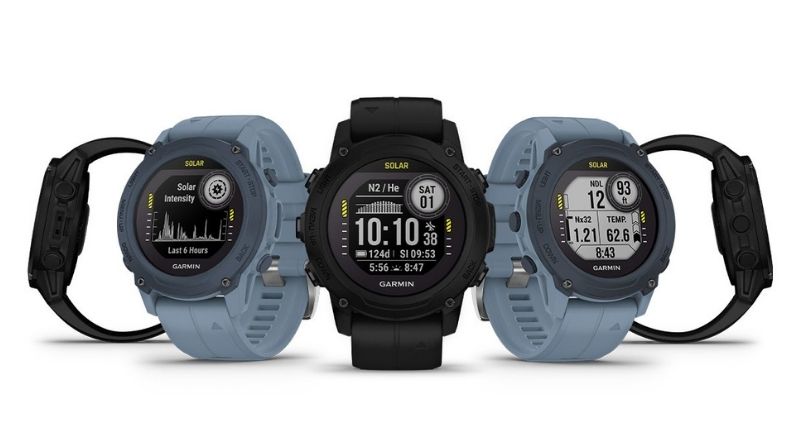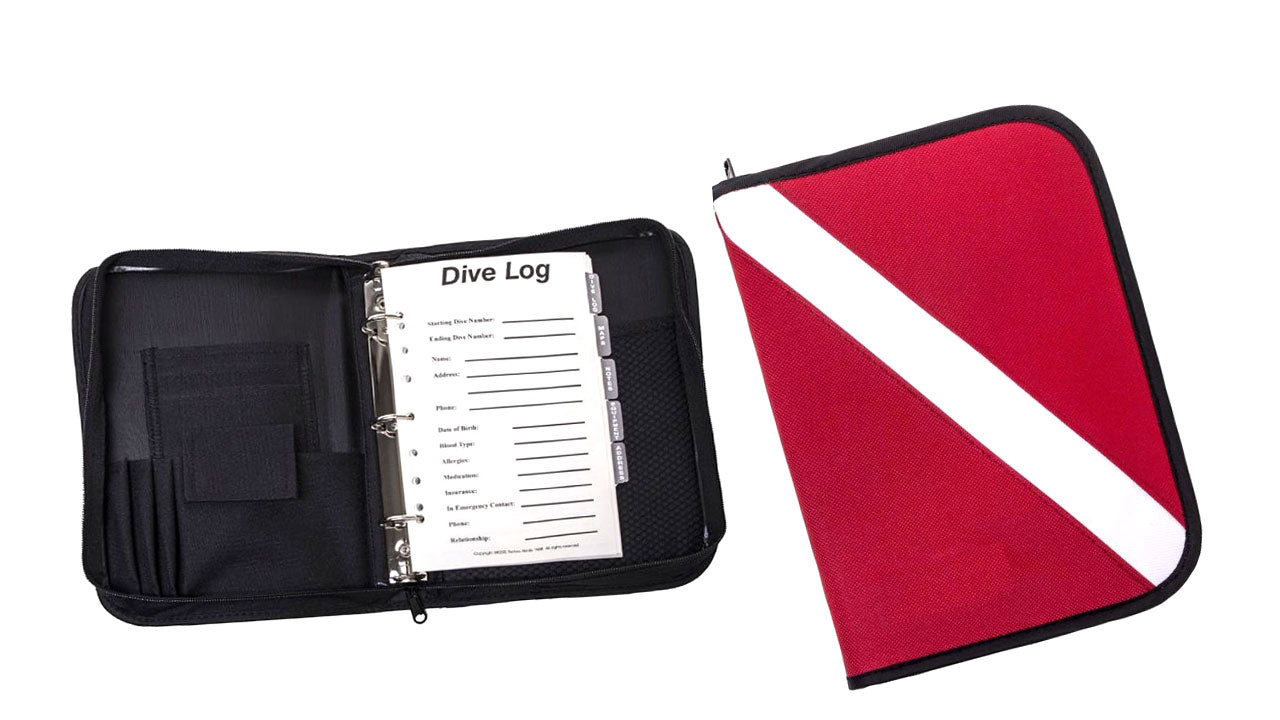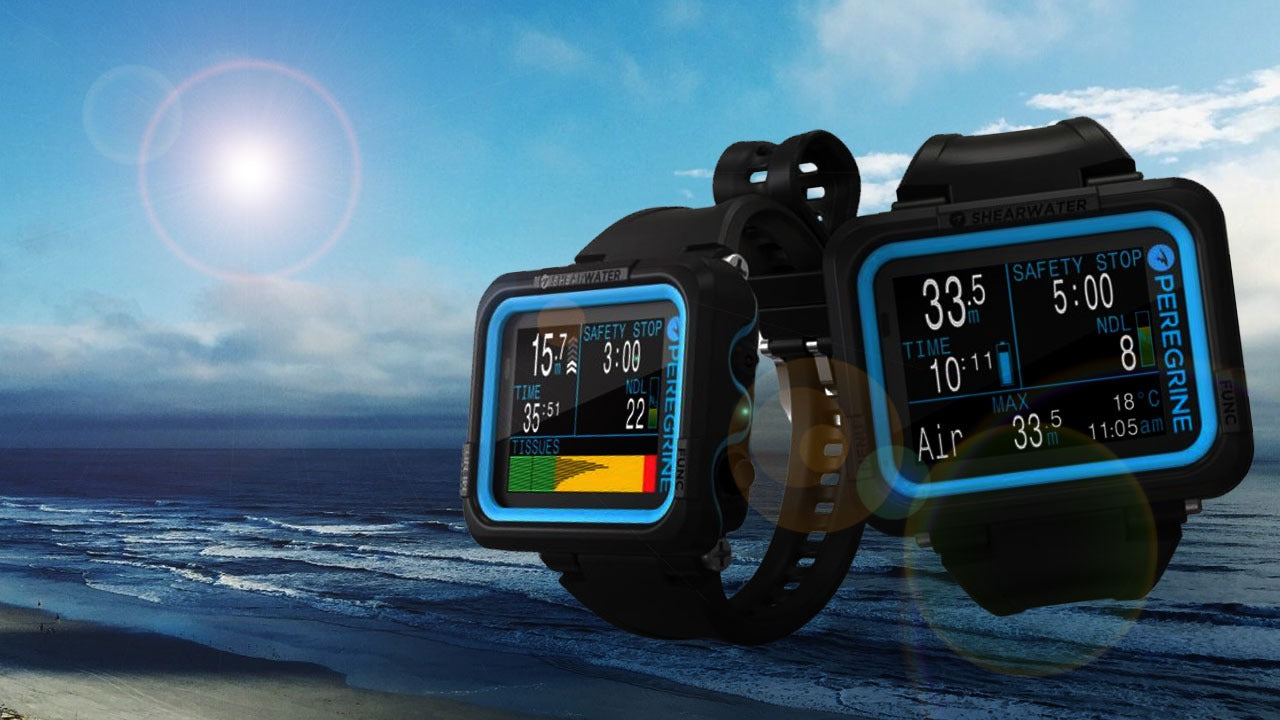What Is a Lift Bag And Why Use It?

WHAT:
A lift bag is a piece of diving equipment designed to lift objects and/or divers from underwater towards the surface by means of the bag’s buoyancy. It is normally made of durable airtight fabric with straps.
There are two types of lift bags:
- Open lift bags (parachutes) are open at the bottom to allow the expanding excess air to spill out as the bag rises to the surface. This keeps the bag from splitting a seam and dropping the load to the bottom. The shape of an open lift bag should distribute the volume in a vertical rather than a horizontal direction so that the open end of the bag always remains underwater. Parachute lift bags cannot be overfilled and are suitable for lifts where there is a large pressure change, and where it may be necessary to capsize (invert) the bag to stop a runaway lift.
- Closed lift bags (camels) come in several configurations, including a horizontal cylinder, vertical cylinder, teardrop, and pillow. They have an overpressure valve to prevent internal pressure from exceeding ambient pressure by more than a set amount (around 10kPa, or 1msw). Closed lift bags are intended for use at or near the surface as they retain the air even in rough seas.
Some lift bags can be converted from open to closed by screwing a cover onto the bottom opening.


Images by Peter Southwood CC-BY-SA-3.0
WHY:
As we have already mentioned, the main purpose of a lift bag is to raise objects to the surface. Typically, divers secure the object that needs to be lifted to the bag along with a line attached to a reel. The reel and line serve as a means of keeping the bag and its load from drifting too far away.
Oftentimes, lift bags are also used by the scuba divers to maintain the level of depth during safety stops or are deployed as surface markers if an ascent is performed away from the anchor line.
Using a lift bag to maintain a constant depth throughout the safety stop allows the diver to hang within the water comfortably without expending a lot of energy. Because a lift bag provides significant positive buoyancy, the diver can actually hang slightly negatively buoyant on the tether line, rest and concentrate on scanning the endless blue water that surrounds them.
The deployed lift bag floating on the surface above the diver also serves as a marker buoy that allows the boat crew to track their exact location. However, there are problems with using lift bags as marking devices. Without a sufficient load, a lift bag often flops over and deflates upon reaching the surface. If this happens, the bag may actually begin to sink and be rendered useless. What’s more, the shape of a lift bag is not designed for optimal visibility. So, if your main goal is to identify your location during the dive, a much better option would be to use a surface marker buoy.
WHEN:
Lift bags are the most beneficial when used in the blue water. What is blue water? This term is used to describe an open sea or a depth in which the bottom is not visible, and there are no other visual reference points.
The absence of references can make it hard to determine where you are in the water column. This means that in the blue water you must carefully monitor your depth and control buoyancy to avoid sinking too deep or unintentionally floating to the surface. Without a boat overhead, unless you pay close attention, maintaining safety-stop depth can be a challenge. This is where lift bags can be incredibly handy. As we have mentioned, they allow divers to maintain a constant depth throughout the safety stop.
HOW:
Keep in mind, serious salvage and recovery operations should only be performed by trained professional divers, and are a topic for a whole different article. Recreational divers can use lift bags either to aid them during a safety stop or to lift small light objects.
1. Using a lift bag to maintain a constant depth throughout the safety stop.
When you are finished with your dive and are ready to ascend to your safety-stop depth, unroll the lift bag and inflate it with just enough air to make it slightly buoyant. It is important to remember that as you ascend to the surface, the gas expands due to pressure change. Then, start releasing the tether line slowly until the bag reaches the surface. If it breaks the surface too rapidly, the bag may flop over and deflate.
When the bag is fully deployed and buoyant on the surface, you can start ascending, reeling in any excess line on your way up. Once you reach your safety stop depth, set the reel and establish neutral to slightly negative buoyancy to maintain a slight downward pull on the line. Hanging beneath the lift bag floating on the surface allows you to relax and scan the blue water. However, you should not forget to check your air supply and safety-stop time regularly; your depth should remain constant.
When the safety stop is complete and it is time to make the final ascent, reel in excess line as you slowly surface. On the surface do not allow the bag to deflate until you have been sighted by the boat crew. Once you have had positive communication with the crew and the boat is underway to pick you up, you can deflate the bag and prepare to board the boat.
2. Using a lift bag to raise objects from depth.
Once you reach the object you need to raise, position the bag and lay out the lifting gear in the order it will be used. Secure the bag to the object to be lifted. Then attach the tether line to the object, so it can be controlled during the lift. When everything is assembled, add short bursts of air to the bag. If possible, use air source other than that being used for breathing.
One diver can control the bag’s buoyancy, while the other holds the tether line. Be prepared to vent expanding air to keep the lift from ascending out of control or add air if you vent too much. If the lift does go out of control and starts rapidly rising or sinking, let it go and stay clear.
Ascend with the object as it rises, always maintaining a safe rate of ascent. When the bag reaches the surface ensure that it does not flop over and lose buoyancy. Float the bag with the object to the boat and let the crew pull it aboard.
Note, the guidelines above are not intended to replace formal scuba instruction. If you want to learn more about using a lift bag and earn to lift large and/or heavy objects, consider taking a Search and Recovery specialty course.
If you want to buy a recreational lift bag, visit a dedicated category on our website




